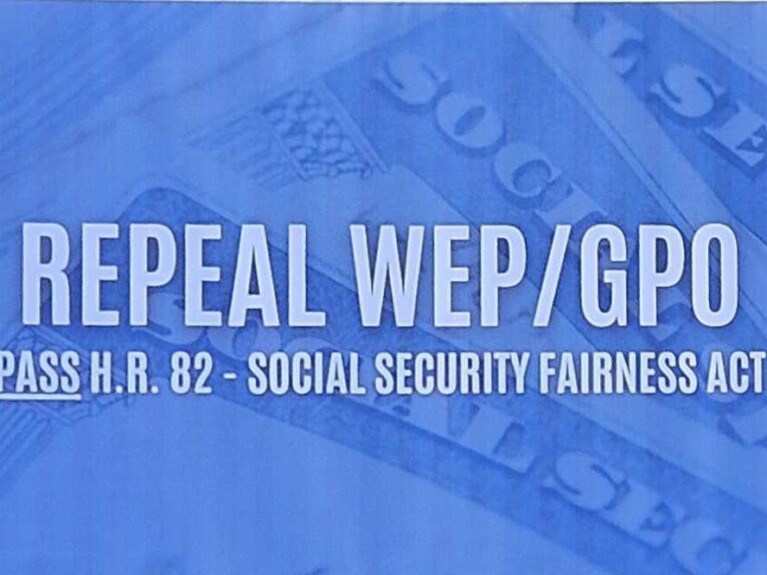NARFE Urges Opposition to Most Egregious House Budget in Recent Years
| FOR IMMEDIATE RELEASE | Contact: Jessica Klement |
| March 23, 2015 | 703-838-7760 |
| jklement@narfe.org |
Alexandria, VA – The House of Representatives will vote this week on the first budget proposed by new House Budget Committee Chair Tom Price, R-GA. The budget assumes $318 billion in savings from federal employees and retirees by eliminating federal jobs, taxing pay through increased retirement contributions, raising the cost of health insurance for both current federal and postal employees and retirees, and perhaps most shocking, changing the rate of return on the Thrift Savings Plan G Fund. The National Active and Retired Federal Employees Association (NARFE) urges all members of the House of Representatives to reject this proposal.
“The Price budget is nothing short of a direct attack on effective government,” declared NARFE President Richard G. Thissen.
“Members of Congress are quick to forget that federal employees, in the past five years, already contributed more than $120 billion toward deficit reduction. These are hardworking Americans who had their pay frozen for three years and who lost $1 billion in take-home pay in 2013 as a result of sequestration-related furloughs. It is unconscionable for Congress again to take from these middle-class workers, and now retirees, to pay for a deficit they didn’t create,” Thissen said.
“When are members of Congress going to do the hard work and have an honest conversation about what they want from our federal government and fund it appropriately? Instead, they continue to penalize the very employees whose job it is to carry out the laws they pass. Now they’re also threatening the retirement security of our five million federal and postal employees and retirees,” Thissen stated.
“Those who vote in favor of this grossly unfair and misguided budget are sending a powerful message to federal employees: ‘The work you do to protect our nation and its citizens is not valued.’ These members of Congress are also sending an equally powerful message to those considering entering federal service: ‘We believe the federal government should be an employer of last resort.’ Are these the messages we should be sending to those who take criminals off our streets and keep them behind bars, assist our military at home and abroad, care for veterans, and help us prepare for and recover from severe weather?” Thissen added.
“Proponents of the budget resolution will claim that these proposals were part of the Simpson-Bowles Fiscal Commission report and are, therefore, necessary to get our country back on sound financial footing. What they are ignoring is that the Fiscal Commission report was grounded on the concept of shared sacrifice. This budget is not shared sacrifice,” Thissen went on to say.
“All these changes amount to nothing more than a pay cut for federal employees and broken promises to federal retirees living on fixed incomes. This budget should be swiftly and soundly rejected,” Thissen concluded.
Specifically, the House Budget Resolution proposes the following:
- An increase in retirement contributions for all current federal employees of roughly 6 percent;
- A 10 percent reduction of the federal civilian workforce through attrition, whereby one employee would be hired for every three who leave government service;
- A decrease in the rate of return on the Thrift Savings Plan’s Government Securities Fund (G Fund);
- Increasing some federal retirees’ share of their health insurance premiums by basing the government contribution on their years of service;
- Increasing employees’ Federal Employees Health Benefits Program (FEHBP) premiums by tying the government’s employer contribution to inflation, rather than the average cost of the plans;
- Encouraging the total elimination of the Federal Employees Retirement System (FERS);
- Eliminating the FERS Annuity Supplement; and
- Increasing postal employees’ share of their FEHBP premiums.
By way of background, federal employee contributions to deficit reduction over the past several years are as follows:
- Three-year federal employee pay freeze = $98 billion over 10 years;
- Increased retirement contributions for employees hired in 2013 = $15 billion over 10 years;
- Increased retirement contributions for employees hired in 2014 and beyond = $6 billion over 10 years; and
- Furloughs as a result of sequestration = $1 billion in 2013 alone.





